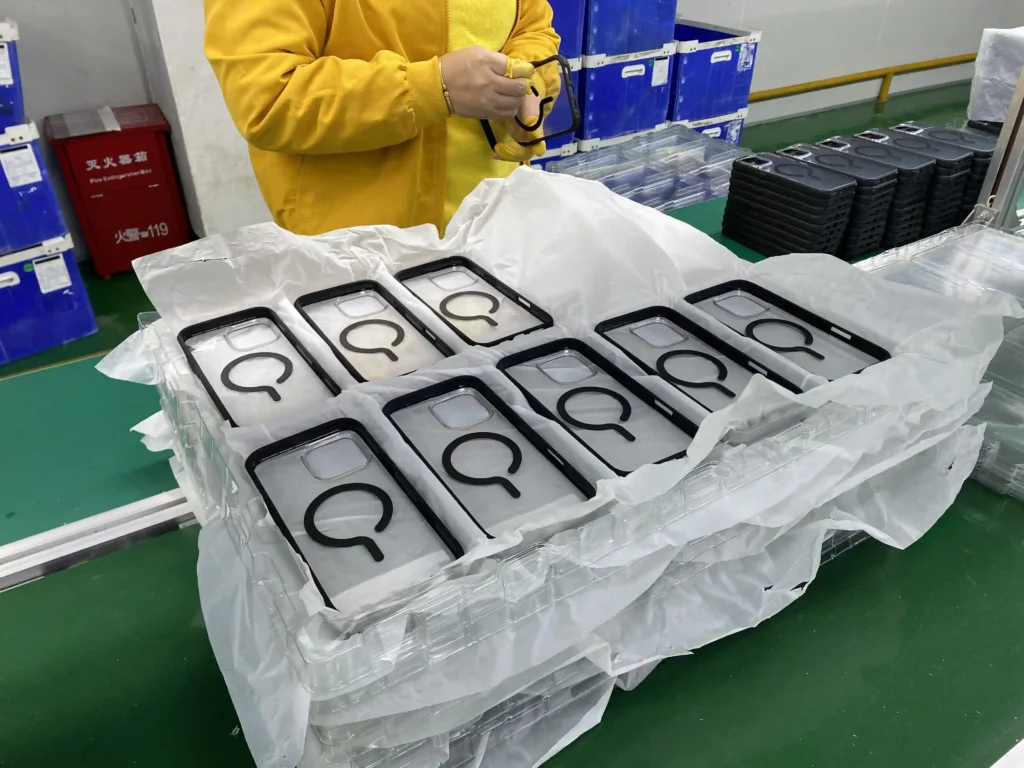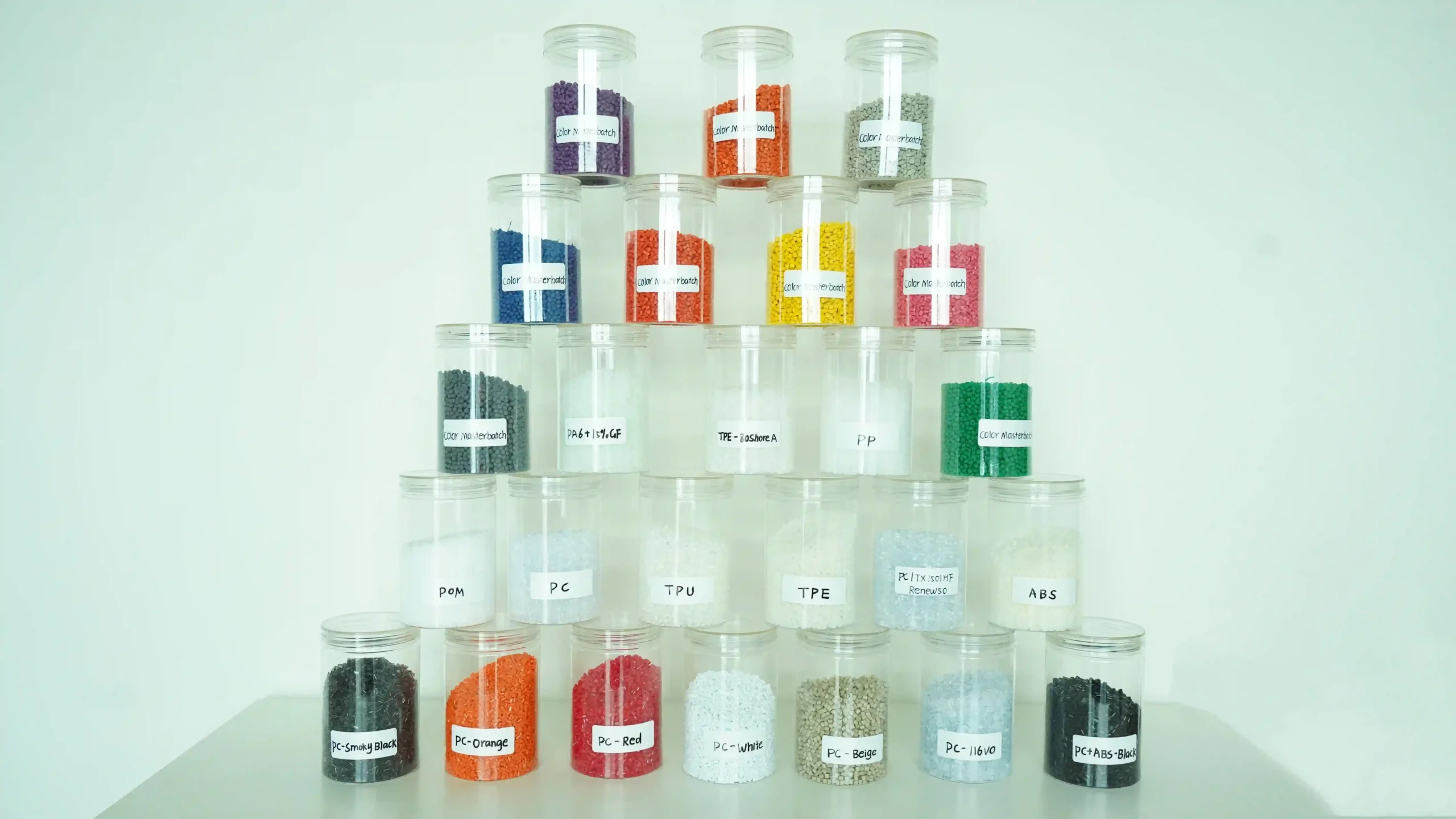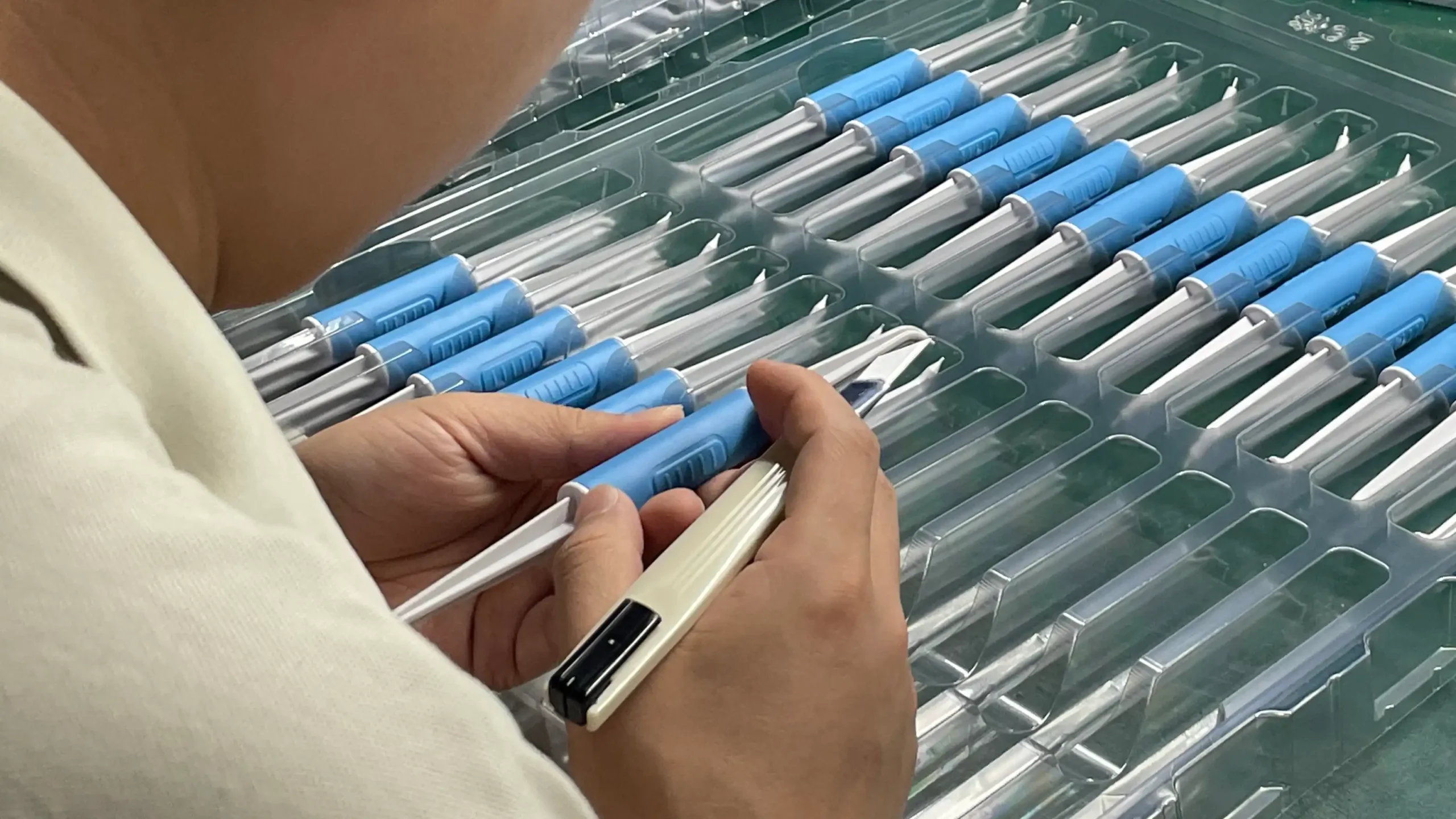When purchasing a silicone phone case, do you often encounter a frustrating problem: a new silicone phone case smells bad right after unboxing? That chemical-like odor can trigger safety concerns, especially for clients in healthcare or baby product industries.
As a trusted silicone phone case manufacturer, YG explains the science behind this issue and actionable fixes.
1. The Hidden Cost of Smelly Cases
Table of Contents
ToggleDoes a silicone phone case smell like smoke or chemicals? This isn’t just annoying. It risks your brand reputation. Surveys show 68% of US/EU buyers return products with strong odors.
For bulk orders, a phone case that smells like chemicals signals low quality. Phone case manufacturers must solve this fast.
2. The Fundamental Causes of Unpleasant Odors in Silicone Phone Cases
Understanding the reasons why silicone phone cases give off odors is the first step to solving the problem.
Based on the investigation and our production experience, it is known that the odor of silicone phone cases usually stems from the selection and application of materials and processes during the manufacturing process, as well as environmental factors.
2.1 Silicone processing materials and production processes:
During the production process, auxiliary materials such as vulcanizing agents, catalysts, and release water need to be added to the raw materials of silicone rubber. These materials will release a certain odor when they are vulcanized and formed at high temperatures.
In addition, factors such as the processing temperature during vulcanization production and whether fragrances or color powders are added will also have an impact on the odor.
2.2 Environmental and storage factors:
Apart from issues in the production process, poor storage conditions can exacerbate the odor problem of silicone phone cases. Sealed in airtight packaging or exposed to high humidity conditions, moisture reacts with silicon compounds, promoting microbial growth and generating a musty smell.
Studies have shown that silicone phone cases transported over long distances in a humid environment exhibit a high odor incidence rate of 40%. In addition, exposure to ultraviolet rays during storage or transportation can degrade silicone polymers, releasing odorous by-products.

2.3 Impact on health and quality:
Although most volatile odors are non-toxic, long-term exposure may cause headaches or allergic reactions in sensitive individuals.
A survey conducted by Consumer Reports in 2023 revealed that 25% of users would discard phone cases that are prone to generating unpleasant odors due to discomfort, highlighting the necessity of stricter quality control.
In-depth analysis shows that the intensity of the odor is related to the thickness of the shell – a thinner shell (<2mm) vulcanizes faster but retains more residue, while a thicker shell may retain the odor for a longer time.
In conclusion, the odor of the silicone shell is mainly caused by low production efficiency and external pressure factors, so a comprehensive approach needs to be adopted to alleviate it.
3. Methods for Manufacturers to Reduce the Odor of Silicone Phone Cases
Manufacturers can solve the odor problem by optimizing raw materials and improving processes.
3.1 Optimize raw materials and production:
Top manufacturers need to give priority to high-quality food-grade silicone (for example, FDA-approved) with the fewest additives. And by using environmentally friendly alternatives, emissions will decrease significantly.
Secondly, during the production process, temperature changes need to be strictly controlled: keeping vulcanization within an accurate range can prevent overheating and reduce the occurrence of odors.
3.2 Secondary vulcanization odor treatment
The residual odor in silica gel can be effectively removed through high-temperature baking. During the baking process, manufacturers need to pay attention to controlling the time and temperature to ensure that the odor can be removed without causing damage to the product.
The silicone mobile phone case that has undergone secondary vulcanization treatment still needs to be left for a period of time to allow the odor to naturally dissipate. It can help further reduce the smell of silicone mobile phone cases.
3.3 Strict quality assurance and packaging:
Before packing and shipping, silicone product manufacturers should conduct strict inspections on the products to ensure there is no unpleasant smell before packaging.
In addition, manufacturers can also mark relevant instructions on the product packaging to remind consumers to ventilate and dry the product first after receiving it, so as to reduce the influence of odors.

3.4 Technological innovation and process progress
In addition to the above measures, manufacturers can also further reduce the odor problem of silicone mobile phone cases through technological innovation and process improvement.
For example, develop new types of vulcanizing agents and catalysts to reduce their odor release during the production process; Optimize the production process, lower the processing temperature and reduce the possibility of odor generation; Develop new types of silicone materials to enhance their environmental performance and reduce the impact of odors on the human body, etc.
By taking these measures, manufacturers can reduce defect rates and enhance brand trust, proactively taking measures to align with global sustainable development goals such as the EU REACH regulation.
4. Personal Measures to Remove the Odor from Silicone Phone Cases
When the smell persists after purchase, you can use various DIY methods to get rid of it.
Effective deodorization techniques:
The following is a comprehensive table based on user trials and efficacy scores (1 to 5 stars, with 5 stars representing the best). Each one includes step-by-step guidance and preventive measures.
| Method | Steps | Efficacy | Pros & Cons |
|---|---|---|---|
| Ventilation & Sunlight | Place the case outdoors or near an open window for 24–72 hours; sunlight helps break down VOCs. | ★★★★☆ | Pros: Free, eco-friendly; Cons: Slow, weather-dependent. |
| White Vinegar Soak | Submerge in a 1:1 vinegar-water mix for 15 mins; rinse thoroughly. | ★★★☆☆ | Pros: Cheap, disinfects; Cons: Acidic—overuse may degrade silicone. |
| Tea Brew Immersion | Soak in lukewarm tea (e.g., green tea) for 30 mins; rinse. Tannins absorb odors. | ★★★☆☆ | Pros: Natural, adds mild scent; Cons: May stain light-colored cases. |
| Activated Carbon Adsorption | Place the case in a sealed bag with charcoal packets for 48 hours; rinse. | ★★★★★ | Pros: Highly effective, safe; Cons: Costly for frequent use. |
| Lemon Peel Rub | Rub inner/outer surfaces with fresh peels; leave for 1 hour; rinse. | ★★★☆☆ | Pros: Fresh scent, non-damaging; Cons: Temporary relief. |
| Alcohol Wipe | Dab 70% isopropyl alcohol on a cloth; gently wipe the case; air dry. | ★★★★☆ | Pros: Quick, kills bacteria; Cons: Drying—may cause brittleness. |
| Baking Soda Paste | Mix with water to form a paste; apply, scrub lightly, and rinse after 10 mins. | ★★★☆☆ | Pros: Odor-neutralizing; Cons: Messy, abrasive on glossy finishes. |
- Scientific Basis: Activated carbon adsorbs volatile odors on its surface through adsorption, while the acetic acid in vinegar can dissolve residues.
- Safety and Best Practices: Test a small area first to avoid damage. For stubborn odors, various methods can be adopted (for example, soaking in vinegar first and then drying in the sun).
Avoid using irritating chemicals such as bleach, as they can corrode the silicone. If the odor intensifies or causes irritation, discontinue use and contact the manufacturer. Persistent problems may indicate a defective batch.
5. Suggestions for choosing silicone phone cases
Choosing the right phone case can minimize the risk of odor to the greatest extent. Main selection criteria:
- Brand reputation: Choose certified brands such as Spigen or OtterBox, which meet standards such as OEKO-TEX® (ensuring low VOC). Avoid unknown sellers on markets like Amazon. On Amazon, 30% of products lack compliance data.
- Material quality: Look for labels labeled “Free of phthalates” or “medical-grade silicone,” indicating purity. Thicker shells (2-4mm) usually have better vulcanization.
- Ecological certification: Seek cases with BPA-free, RoHS or EcoVadis ratings to reduce the risk of toxins. A 2024 Nielsen survey found that 65% of consumers prefer boxes with eco-labels because they have less odor.
- Design simplicity: Avoid severe staining or scented variations; Transparent phone cases usually contain fewer additives than opaque ones.
6. YG’s LIM liquid silicone gel process
As a top manufacturer of phone cases, we avoid unpleasant odors from the source. Our LIM (Liquid Injection Molding) silicone rubber process offers:
- Safety: Non-toxic formula that meets food-grade standards.
- High definition: The highly transparent case vividly displays the colors of the mobile phone.
- Waterproof sealing: Perfect fit to block moisture/dust.
- Efficiency: The rapid production cycle ensures the stable quality of large orders.
Core Advantage: LIM liquid silicon cases produces fewer chemicals = almost no odor.
7. Conclusion
The unpleasant smell of silicone phone cases is a solvable challenge. Manufacturers can optimize raw materials and production processes, while we individuals should advocate for better standards, and through personal remedies and other solutions, we can enjoy these accessories happily.
Contact YG, a leading manufacturer of silicone phone cases. Let’s build a trustworthy brand together.


